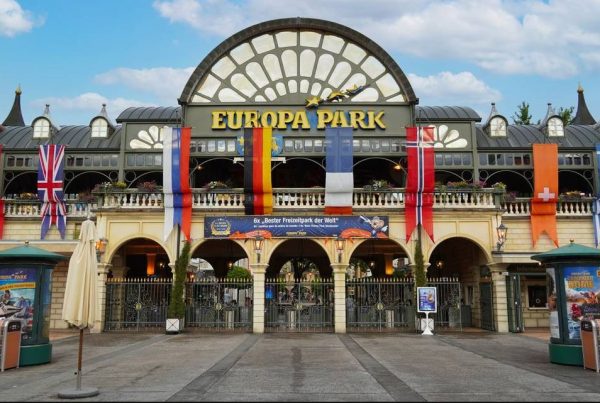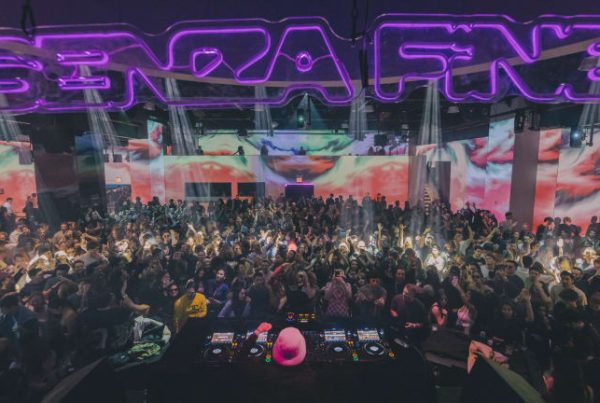As consumer-facing channels continue to merge, there are few places that can’t become a drinking occasion, finds guest consumer trends columnist Lucy Britner.
From cocktails in co-working spaces to wine at coffee shops and brunch at the bar, the lines between restaurants, cafes, bars and workspaces are continuing to blur. The demand for a so-called ‘third space’ is being driven by several wider consumer trends, including the rise of self-employment, the desire for convenience and the continued demand for premiumisation.
In the three months to the end of March, the number of self-employed workers in the UK increased by 90,000 to reach a record high of 4.93m (Office for National Statistics), as more people look to work from any location, at any time. Concurrent trends towards convenience and premiumisation mean consumers expect to get good drinks wherever they are and whenever they want them – not just in the evenings at high-end cocktail bars.
Taking a step back, we can see that the concept of channel blurring isn’t new (although it is evolving). Take McDonald’s – The fast-food chain first launched its McCafé concept in Australia in 1993, rolling it out to the US in 2001 and the UK around ten years after that. The company recognised that consumer demand was changing and the traditional fast-food restaurant wasn’t enough. Now, McDonald’s is answering a new cry for convenience, with the trial of a ‘grab-and-go’ store in London. The takeaway-only project, which started in August, offers a limited menu for those who want their fast food even faster.
Starbucks, meanwhile, opened a cocktail bar Shenzhen, China, last month, according to local reports. Bar Mixato “seamlessly integrates with Starbucks Reserve” – the company’s high-end coffee concept. Also in September, the company announced that its food and beverages are now available for delivery in China through Alibaba’s smart speaker, Tmall Genie.
The movement to be multifunctional can also be felt in the on-premise. New openings are increasingly focused on all-day spaces. London’s Tayer + Elementary venue, set up by industry heavyweights Monica Berg and Alex Kratena, opened earlier this year. The space features two distinct areas – Elementary, “a light and bright all-day casual bar serving simple, seasonal drinks and snacks” and Tayer, a “progressive bar with an elevated offering”.
In Amsterdam, fellow on-premise innovator Ryan Chetiyawarda’s Mr Lyan group opened Super Lyan – an “all-day neighbourhood cocktail bar & garden offering … coffee, vegan donuts, brunch and bites during the day, then cocktails, beers, wine and bitterballen late into the night”.
On one hand, the concepts answer the consumer need for an all-day focus. On the other, they also help licensees make the most out of expensive premises.
Experience
Another big consumer trend driving channel blur, particularly among Millennials, is the craving for an experience. From pop-up parties in interesting venues to immersive experiences, including music festivals, just about anywhere is an opportunity for a drink.
These experiences are also evolving. According to Diageo’s 2019 Drinks Report, nightlife events now take a more mixed-tempo approach to music and socialising. “Once relegated to a few tents at Glastonbury, festivals are now more widely taking into account waste and sustainability, no- & low-alcohol drinking options and mental and physical wellbeing,” the company says.
Recent research estimates the shift to an experience economy has changed consumer occasions, with global spending on experiences such as travel, leisure and foodservice predicted to rise to US$8trn by 2030.
Digging in to what that might mean for drinks, Britvic’s latest Soft Drinks Review says: “The blending of channels is set to go to the next level, delivering experience and blurring the lines between not only foodservice and licensed, but into convenience, grocery and even bringing experience, food and drink consumption into non-traditional retail environments as new-wave social spaces.”
This is already apparent in China, where shoppers at Hema supermarkets can sit down to freshly prepared, top-quality seafood while their shopping gets packed and delivered to their homes.
Blurred categories
These wider consumer trends are changing the drinks themselves, too. Once an after-thought, non-alcoholic cocktails now need to look – and sound – as sophisticated as their alcoholic cousins, while health & wellness trends are also driving hard seltzers, hard kombuchas, CBD drinks and botanical soft drinks.
“We need to look across total alcoholic beverages, to identify how (and where) consumers want to experience drinks,” says Diageo in its 2019 Drinks Report. “As categories become blurred, we need to consider drinks in totality, and the opportunity to drive value across the growing repertoire of consumer choice.”
In a recent report, Rabobank suggests the traditional category management-driven marketing and NPD status quo is being challenged by the trend towards category blurring. “Taste, need and occasion are exerting a greater influence on the Millennial consumer than compartmentalised categorisation,” the Rabobank report says. “Furthermore, the experience-seeking consumer is driving innovation in the retail packaged beverage shelf by pushing companies to create products with elements and ideas from the on-trade and foodservice channel.” Crossover products, says Rabobank, are now a key part of corporate NPD strategy.
As the lines continue to blur, maybe it’s possible to be all things to all people after all.
Laura Foster is away.













